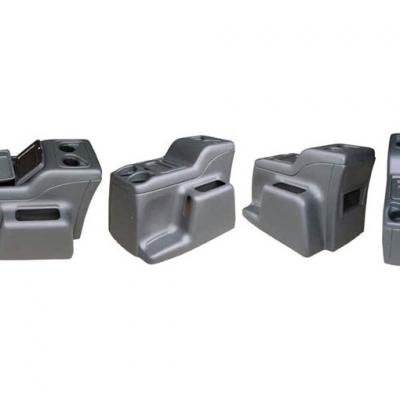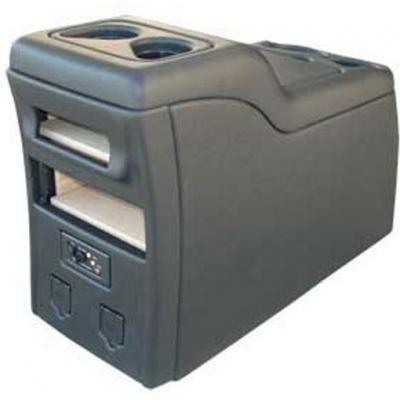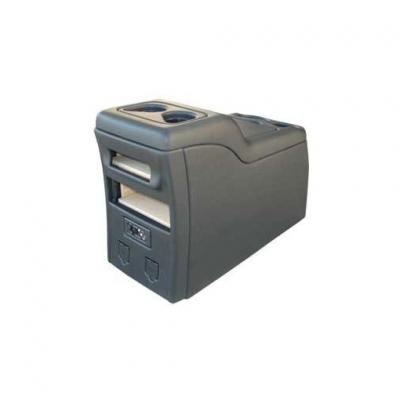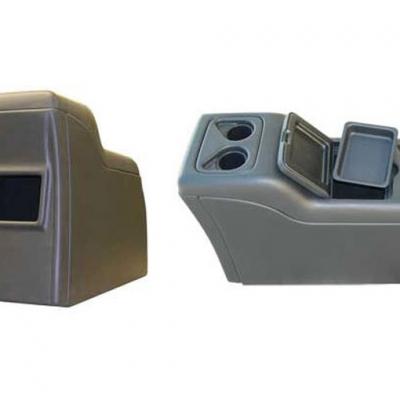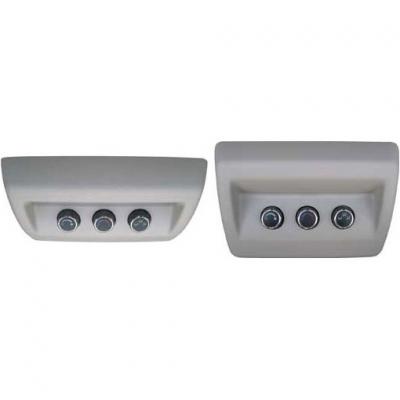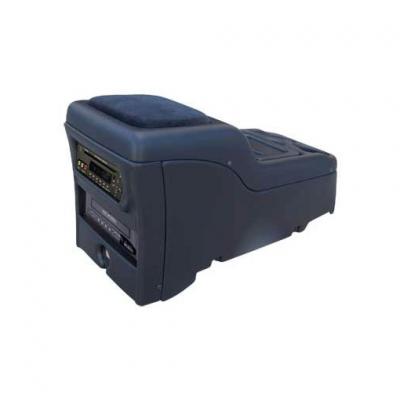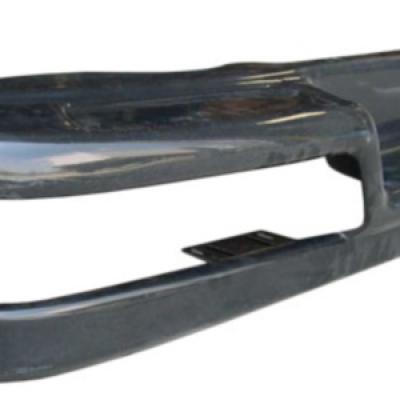Thermoforming is a plastic manufacturing process that involves heating a plastic sheet and forming it into a specific shape using a mold. This process offers many benefits for the renewable energy industry, including the ability to produce lightweight, durable, and sustainable parts. In this article, we'll explore the materials and techniques used for thermoforming in renewable energy applications.
Materials
Thermoformed products in the renewable energy industry can be made from a variety of materials, including recycled and bio-based materials. These materials offer several advantages, including being lightweight, durable, and able to withstand harsh environments. Some of the most commonly used materials for thermoformed parts in the renewable energy industry include:
-
Polyethylene terephthalate (PET): PET is a thermoplastic material that is commonly used for thermoformed parts in the renewable energy industry. It is lightweight, durable, and can be recycled, making it a sustainable option.
-
Polycarbonate (PC): PC is a thermoplastic material that is used for thermoformed parts in renewable energy applications, such as solar panels. It is durable, impact-resistant, and able to withstand extreme temperatures and harsh environments.
-
Polypropylene (PP): PP is a thermoplastic material that is commonly used for thermoformed parts in renewable energy applications, such as wind turbine blades. It is lightweight, durable, and able to withstand extreme temperatures and harsh environments.
Techniques
Thermoforming techniques used in the renewable energy industry can vary depending on the specific application. Some of the most commonly used techniques include:
-
Vacuum forming: Vacuum forming is a thermoforming technique that involves heating a plastic sheet and using a vacuum to form it into a specific shape. This technique is commonly used for parts with simple shapes, such as solar panel covers.
-
Pressure forming: Pressure forming is a thermoforming technique that involves heating a plastic sheet and using pressure to form it into a specific shape. This technique is commonly used for parts with more complex shapes, such as wind turbine blades.
-
Twin-sheet forming: Twin-sheet forming is a thermoforming technique that involves heating two plastic sheets and forming them into a specific shape. This technique is commonly used for parts that require a hollow construction, such as water tanks for solar-powered irrigation systems.
Advantages
Thermoformed products offer several advantages for the renewable energy industry, including:
-
Lightweight: Thermoformed parts are lightweight, which is essential for the renewable energy industry. Lightweight parts can help reduce the weight of renewable energy systems, which can lead to improved efficiency and lower costs.
-
Durability: Thermoformed parts are highly durable, able to withstand harsh environments and extreme temperatures. This makes them ideal for use in the renewable energy industry, where parts need to be able to withstand high stress and harsh conditions.
-
Sustainability: Thermoforming can be used with a wide range of sustainable materials, including recycled and bio-based materials, reducing waste and environmental impact.
Conclusion
Thermoformed products offer several benefits for the renewable energy industry, including being lightweight, durable, and sustainable. With their ability to withstand harsh environments and extreme temperatures, thermoformed parts are ideal for use in a wide range of renewable energy applications. If you're looking for lightweight, durable, and sustainable parts for your renewable energy needs, consider thermoforming as a cost-effective and efficient solution.



